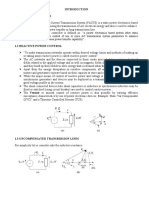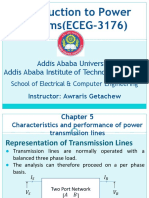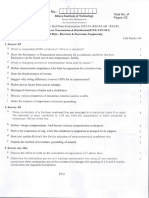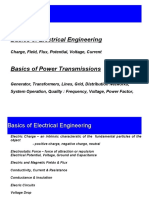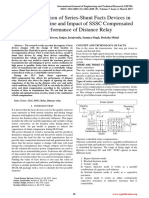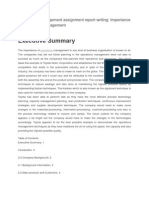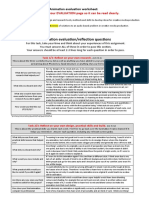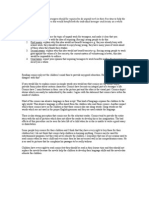0% found this document useful (0 votes)
40 views38 pagesTopic 2. Overhead Line Parameters
The document discusses overhead line parameters in Uganda, focusing on the characteristics and calculations related to transmission and distribution lines. Key topics include series resistance, inductance, shunt conductance, and capacitance, as well as the concepts of Geometric Mean Radius (GMR) and Geometric Mean Distance (GMD) for simplifying calculations. It also addresses issues like corona discharge, voltage regulation, compensation methods, and the mechanical components of power systems.
Uploaded by
juliuskiganda20Copyright
© © All Rights Reserved
We take content rights seriously. If you suspect this is your content, claim it here.
Available Formats
Download as PDF, TXT or read online on Scribd
0% found this document useful (0 votes)
40 views38 pagesTopic 2. Overhead Line Parameters
The document discusses overhead line parameters in Uganda, focusing on the characteristics and calculations related to transmission and distribution lines. Key topics include series resistance, inductance, shunt conductance, and capacitance, as well as the concepts of Geometric Mean Radius (GMR) and Geometric Mean Distance (GMD) for simplifying calculations. It also addresses issues like corona discharge, voltage regulation, compensation methods, and the mechanical components of power systems.
Uploaded by
juliuskiganda20Copyright
© © All Rights Reserved
We take content rights seriously. If you suspect this is your content, claim it here.
Available Formats
Download as PDF, TXT or read online on Scribd
/ 38






























